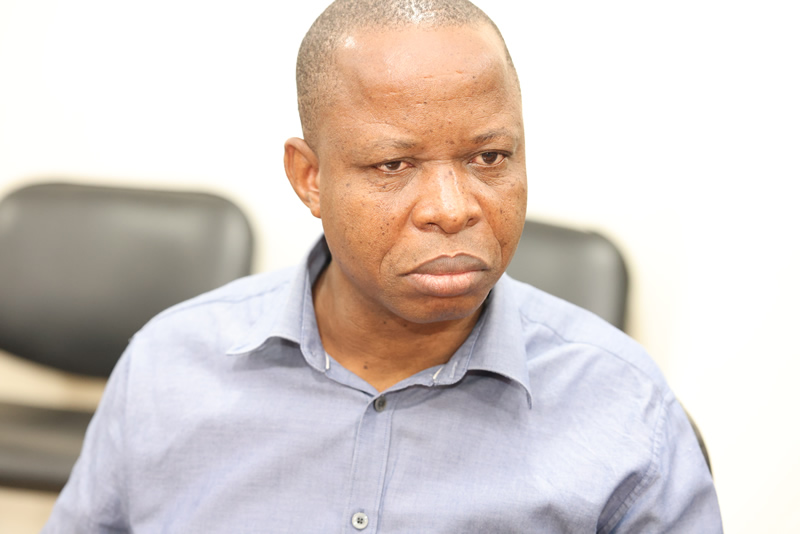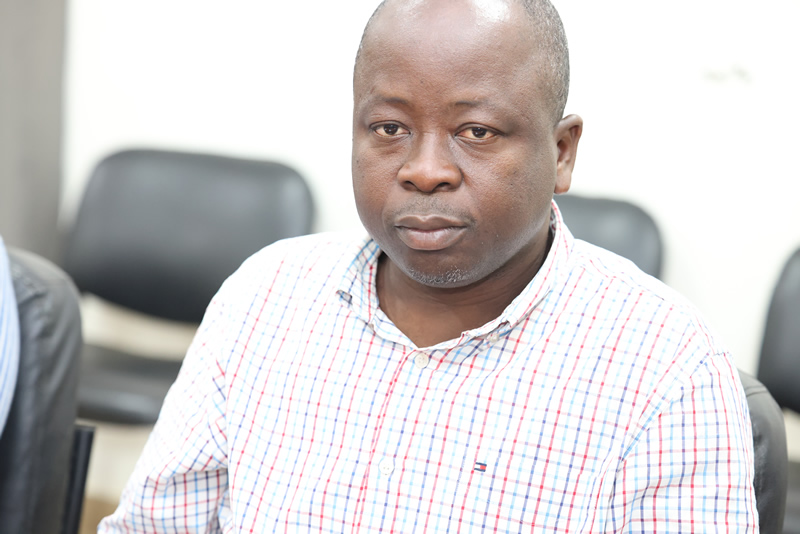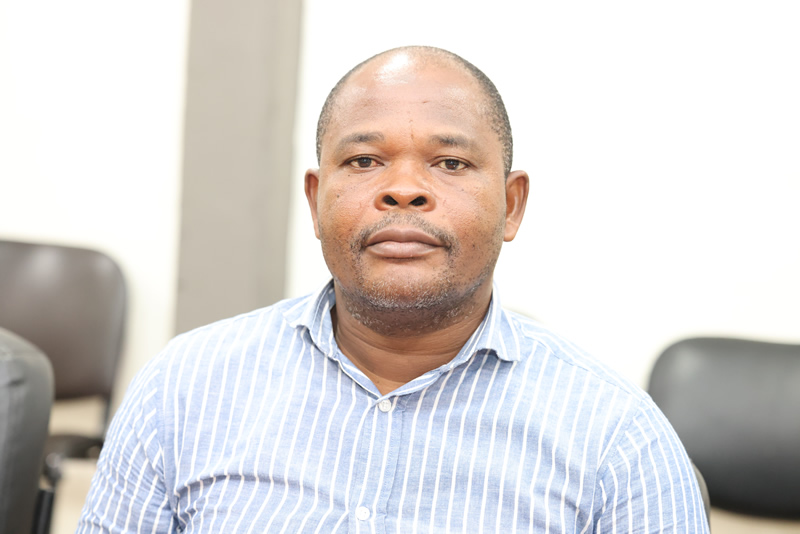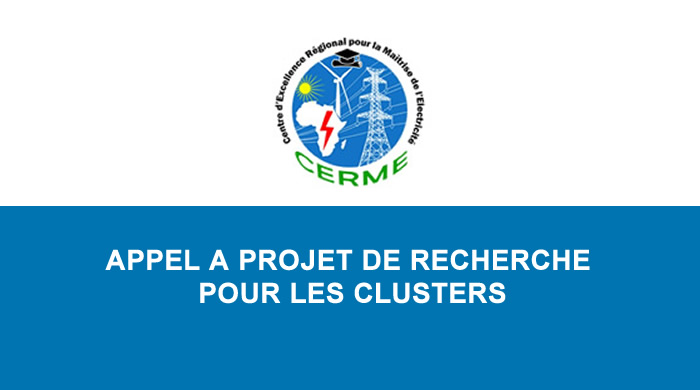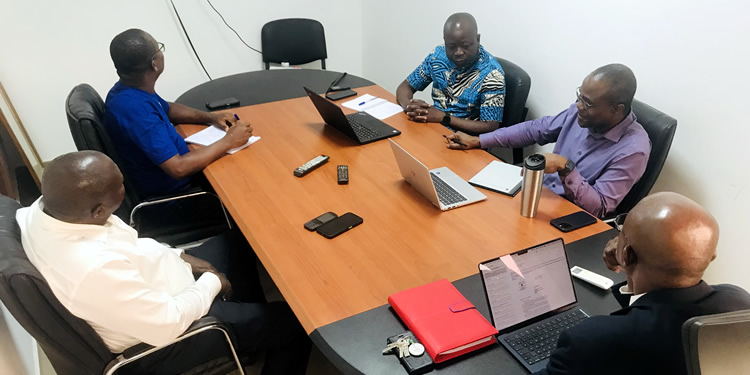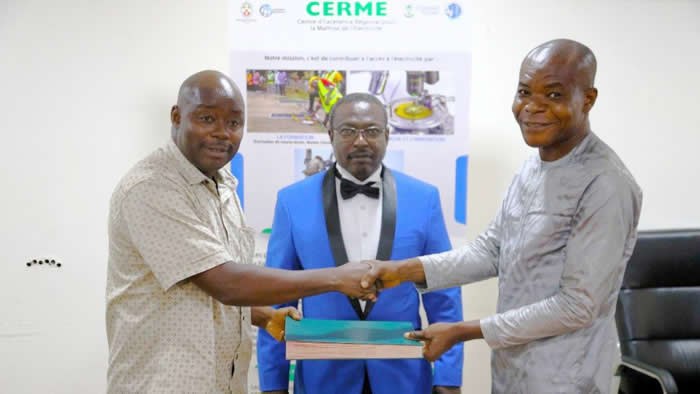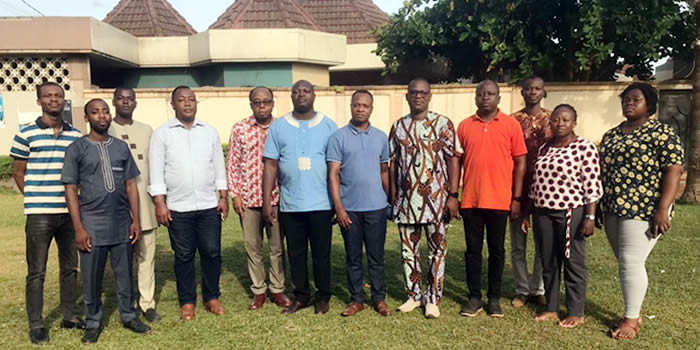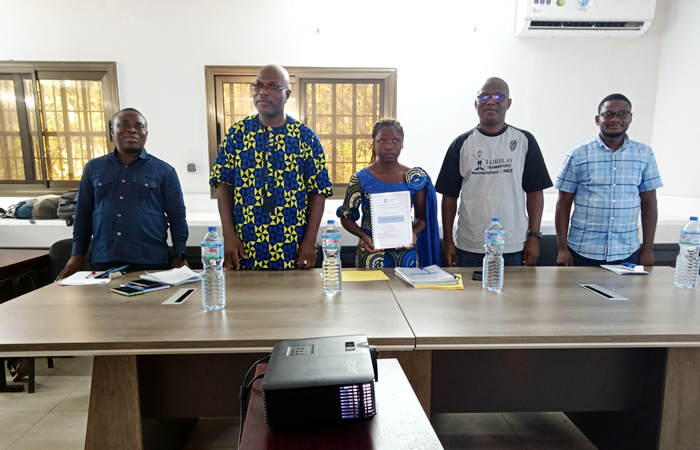Random forest-based modeling for insights on phosphorus content in hydrochar produced from hydrothermal carbonization of sewage sludge
31 Janvier 2022
Oral�eou Sangu�e Djandja a, Adekunl�e Akim Salami b, Zhi-Cong Wang a, Jia Duo c, d, e, **, Lin-Xin Yin a, Pei-Gao Duan a, c, d, e, *
a Shaanxi Key Laboratory of Energy Chemical Process Intensification, School of Chemical Engineering and Technology, Xi'an Jiaotong University, Xi'an, Shaanxi, 710049, PR China
b Centre d'Excellence R�egional pour la Maîtrise de l'Electricit�e (CERME), Universit�e de Lom�e, Lom�e, BP 1515, Togo
c Xinjiang Key Laboratory of Environmental Pollution and Bioremediation, Xinjiang Institute of Ecology and Geography, Chinese Academy of Science, Urumqi, 830011, China
d National Engineering Technology Research Center for Desert-Oasis Ecological Construction, Xinjiang Institute of Ecology and Geography, Chinese Academy of Sciences, 818 South Beijing Road, Urumqi, 830011, Xinjiang, China
e University of Chinese Academy of Sciences, Beijing, 100049, China








